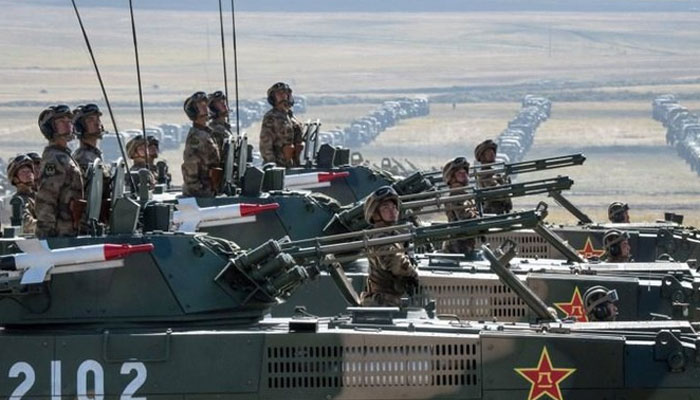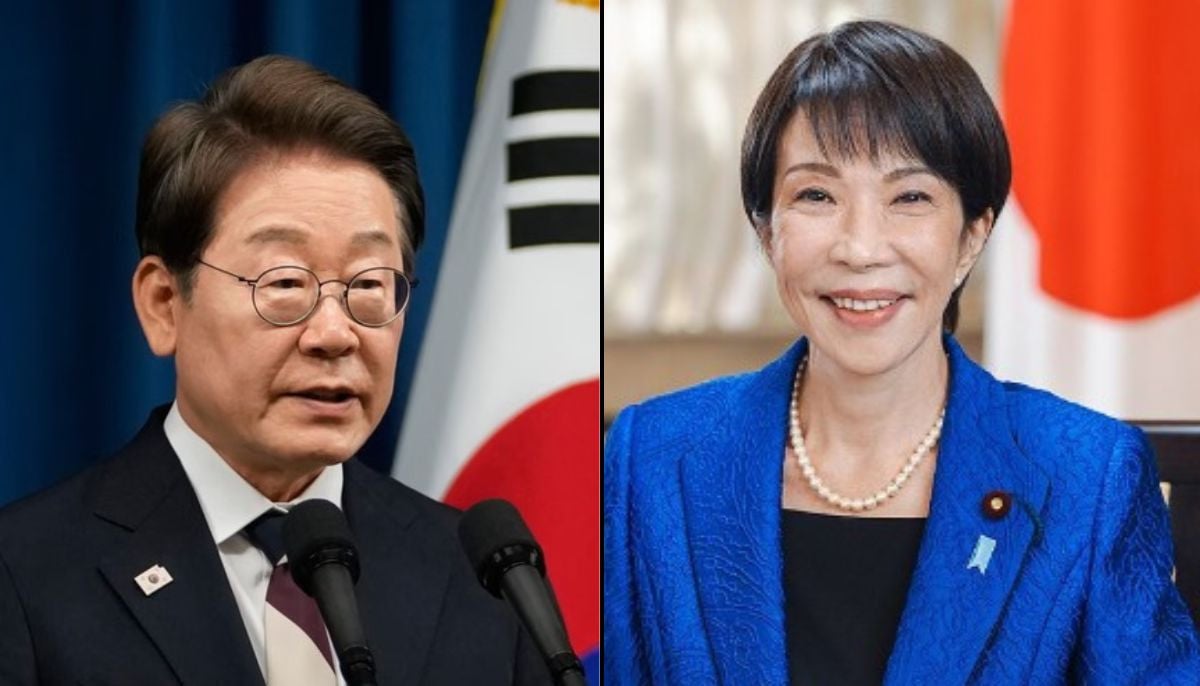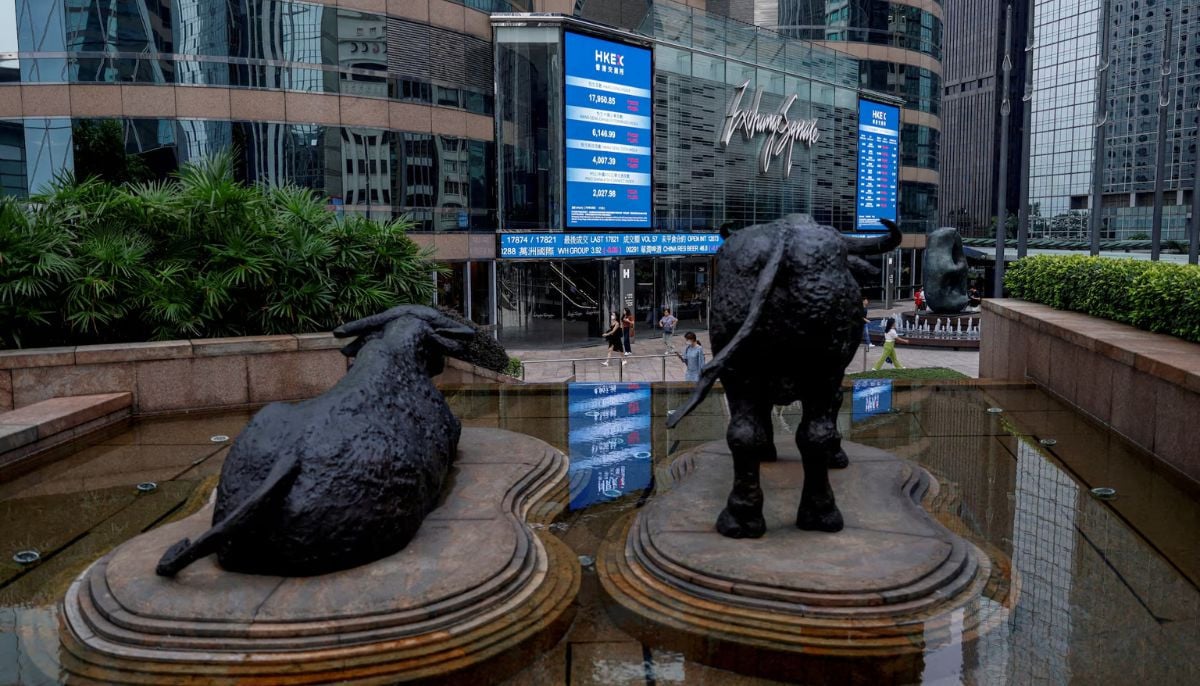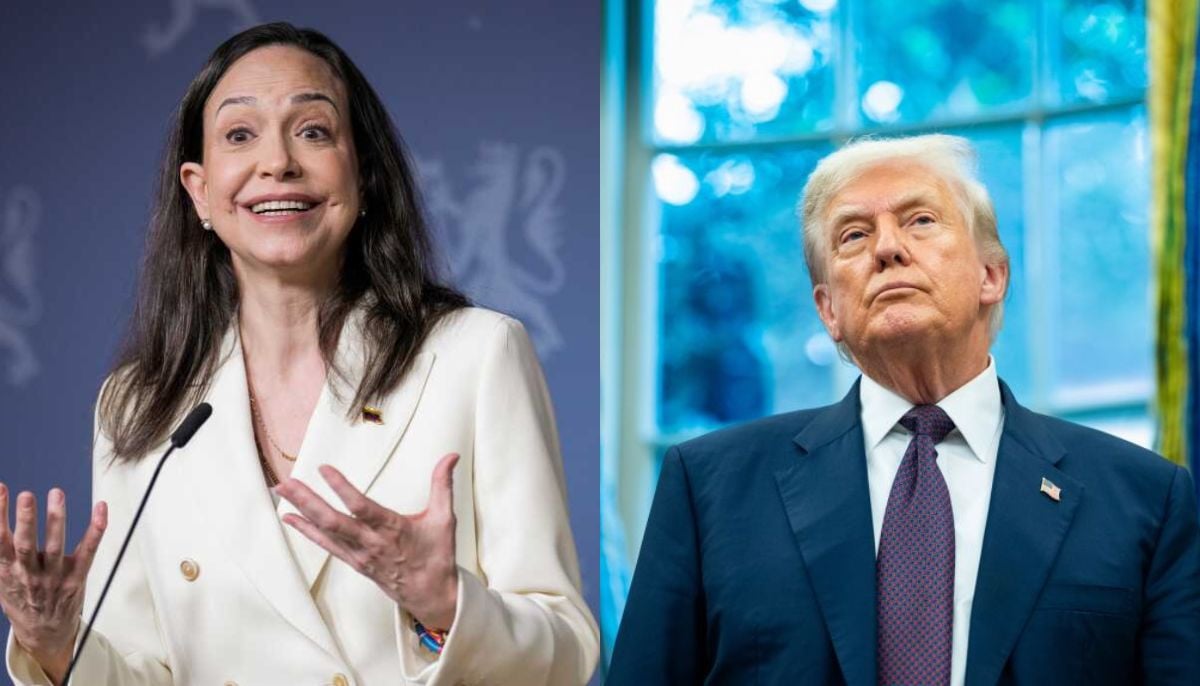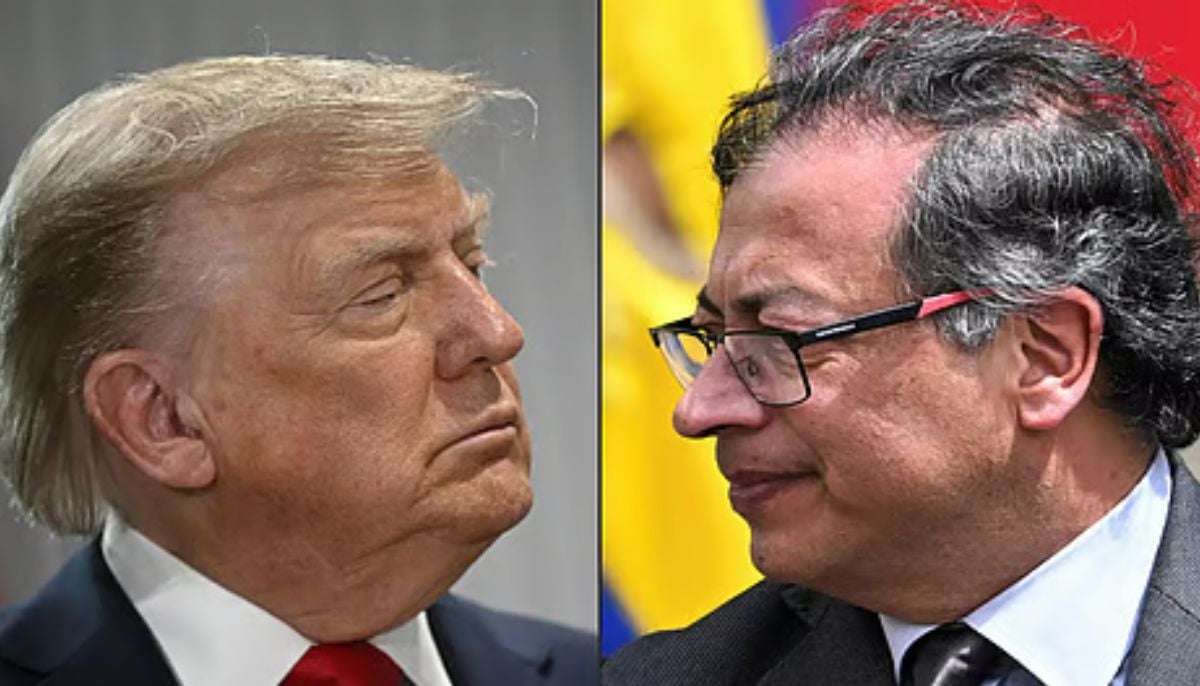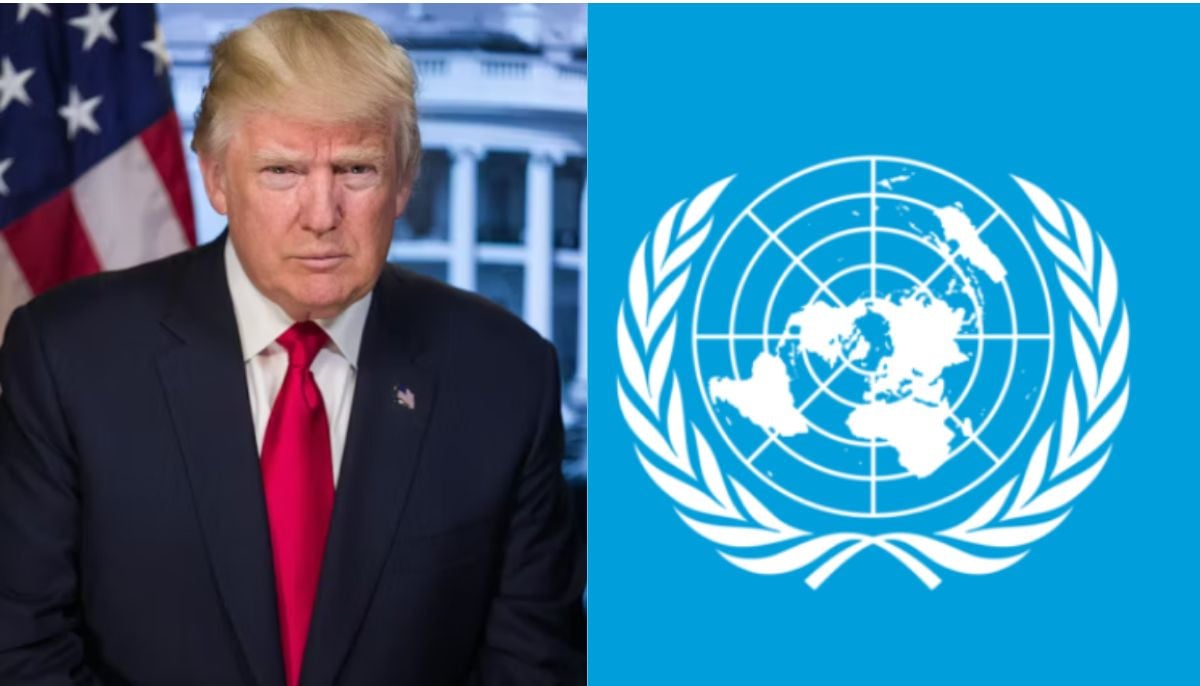Global military spending reached $2.4 trillion after 7% hike in 2023
Moscow, Washington boost military expenditure to reach $109 and $916 billion, respectively
STOCKHOLM: The global military spending witnessed a significant 7% hike to reach $2.43 trillion in 2023 amid various ongoing conflicts that continue to fuel the demand for military hardware.
According to the Sweden-based Stockholm International Peace Research Institute (SIPRI), the United States (US) and China reported the highest military expenditure last year.
Nan Tian, a senior researcher at SIPRI's Military Expenditure and Arms Production Programme, has warned that nations remain at the risk of an "action-reaction spiral" in the prevailing geopolitical, security turmoil despite the steps taken towards prioritisation of military strength.
The think-tank highlighted that Russia increased its military spending by 24% to roughly around $109 billion against that of Ukraine's 51% to $65 billion in addition to the $35 billion Kyiv is getting in military aid from various countries.
This means that Ukraine's total military spending, combined with the aid it received, amounts to 91% of Moscow's spending.
Furthermore, SIPRI underscored that the North Atlantic Treaty Organisation (Nato) member countries are responsible for 55% of the world's total military spending.
Elaborating on Nato's military expenditure, SIPRI researcher Lorenzo Scarazzato said that the Russia-Ukraine war has "fundamentally changed the security outlook" for the member nations in the past two years.
Stressing that most Nato members from Europe have increased their military spending, the think-tank noted that the change in threat perceptions can be seen in an increased share of gross domestic product (GDP) being allocated for military spending resulting in Nato's target of 2% being interpreted as bare minimum instead of a threshold.
It is to be noted that Nato-member nations are required to allocate at least 2% of their GDP for the alliance's defence spending.
Additionally, SIPRI also said that the US, a key Nato member, hiked up its military spending by 2% to 9%16 billion which in fact amounts to two-thirds of the alliance's total expenditure.
According to the think-tank, the percentage changes are expressed in real terms, in constant 2022 prices.
-
China’s second ‘AI tiger’ MiniMax, soars in record-breaking Hong Kong market debut
-
Trump administration establishes new anti-fraud division under DOJ
-
Trump to host Nobel laureate Machado in Washington next week
-
Trump invites Petro amid unexpected thaw; White House visit planned
-
Death toll reaches 39 in Gambia migrant boat sinking disaster
-
Why did Trump withdraw US from climate treaty, dozens of international forums, UN entities?
-
Salt Lake City Shooting: 2 killed, 6 left injured after fatal attack on Church in Utah
-
Mystery behind Greenland: European allies eyeing whether US should take over Denmark's territory
